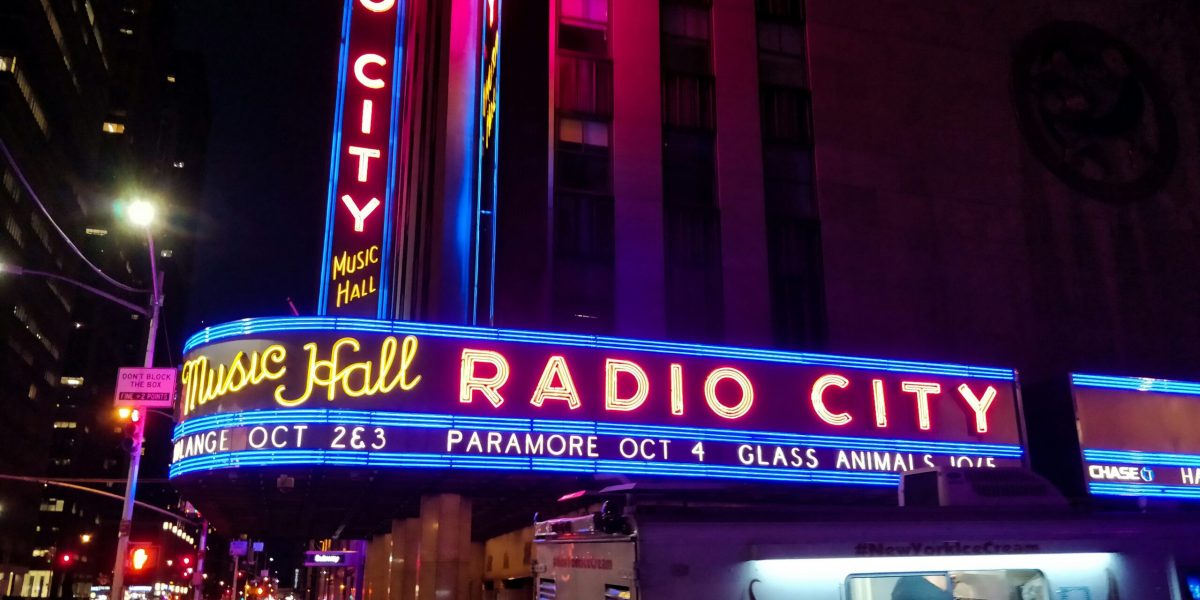The Evolving Landscape of American Music Trends
The American music industry has always been a dynamic force, shaping both cultural movements and the global music scene. Over the years, it has gone through significant transformations, driven by a wide range of factors—from technological advancements to shifting listener preferences. Today, the landscape of American music continues to evolve, with indie artists and mainstream pop playing pivotal roles in shaping its future.
From the rise of digital platforms to the growing prominence of genres like hip-hop, country, and electronic music, the trends within American music mirror broader cultural shifts. The influence of American artists stretches beyond borders, contributing to a global soundscape that blends multiple genres and influences.
The Rise of Indie Artists and Their Influence
One of the most significant trends in recent years is the growing prominence of indie artists in the American music scene. While mainstream pop, rock, and country have long dominated the charts, indie musicians have carved out a space for themselves in ways that were previously unimaginable. The accessibility of digital platforms like SoundCloud, Spotify, and Bandcamp has democratized music production, allowing indie artists to share their work without the need for traditional record labels.
Indie artists often blend genres, mixing elements of folk, rock, electronic, and hip-hop, which speaks to a younger, more diverse audience. This genre-blending and willingness to experiment have reshaped what mainstream music sounds like today. Some of the most influential indie acts—artists like Billie Eilish, Chance the Rapper, and Lizzo—have reached widespread success and critical acclaim, proving that indie artists can no longer be confined to niche markets. Their influence is seen not only in their music but also in their personal brands and the way they communicate directly with their fans on social media.
Billie Eilish’s rise to fame was largely powered by streaming platforms and social media engagement, enabling her to build a loyal following without the traditional marketing strategies used by mainstream labels. The accessibility of these platforms allows artists to connect directly with their fanbase, creating a sense of community that has never been possible before. Indie artists, free from the constraints of commercial expectations, can experiment with new sounds, ideas, and visual aesthetics, pushing the boundaries of what popular music can be.
The Dominance of Pop and Its Global Reach
While indie music has gained momentum, pop music continues to dominate the mainstream American music scene. The genre’s appeal is undeniable, with artists like Taylor Swift, Ariana Grande, and Justin Bieber consistently topping the charts. Pop music’s ability to evolve and adapt to changing tastes has allowed it to remain relevant in an ever-changing landscape.
One of the key trends in pop music today is its increasing global influence. With the rise of streaming services, pop songs are not confined to American audiences. Artists like BTS and Olivia Rodrigo have seen massive international success, demonstrating how American pop is now part of a global music ecosystem. The integration of different musical styles from around the world, such as K-pop’s blend of Western pop with Korean influences, has further blurred the lines between international and American music scenes.
The global reach of pop music also speaks to how music today transcends geographical and cultural boundaries. Streaming platforms like Spotify, Apple Music, and YouTube have made it easier for international listeners to discover American artists, while also giving American artists the ability to reach audiences that would have been inaccessible before the digital age. This has also encouraged collaborations between American artists and musicians from different parts of the world, further enriching the genre.
The Influence of Hip-Hop and R&B
Another dominant force in the American music landscape is hip-hop, which has evolved from a niche genre into one of the most influential musical movements of the 21st century. Hip-hop is not just a genre of music; it’s a cultural movement that has permeated fashion, art, and language. Artists like Kendrick Lamar, Drake, and Travis Scott have become household names, with their music dominating the charts and their influence extending far beyond music into pop culture.
Hip-hop’s success has been fueled by its authenticity, storytelling, and the way it resonates with a wide variety of listeners. Whether through deeply personal lyrics or social commentary, hip-hop artists have the ability to speak to both individual experiences and broader social issues. This connection with their audience has made hip-hop not only commercially successful but also culturally significant.
R&B, a genre closely related to hip-hop, continues to grow in popularity as well. Artists like SZA, Frank Ocean, and The Weeknd have brought R&B to new heights by blending traditional elements of the genre with more contemporary, experimental sounds. Much like hip-hop, R&B artists often use their platform to express personal struggles, social issues, and their unique perspectives on the world. This connection to the human experience is a big part of why R&B resonates with so many listeners today.
The Role of Technology in Shaping Music Trends
Technology has played an essential role in shaping the music industry, particularly in how music is produced, consumed, and distributed. The digital revolution has transformed the way artists create their music, with software and apps like Ableton Live, Logic Pro, and GarageBand allowing musicians to produce high-quality tracks from their homes. This has led to a surge in DIY music production, giving rise to a new generation of bedroom producers who are challenging traditional notions of what it means to be a professional musician.
The way we consume music has also changed drastically. Streaming services have replaced physical media and digital downloads as the dominant method for accessing music. This shift has made it easier for listeners to discover new artists, while also giving older tracks a new lease on life. With playlists driving much of the discovery process, algorithms now determine what listeners hear next, which in turn shapes their music preferences.
Social media platforms like Instagram, TikTok, and Twitter have also transformed how artists engage with their fans and promote their music. TikTok, in particular, has become a breeding ground for viral hits, with songs like Lil Nas X’s “Old Town Road” gaining mainstream popularity through viral trends. Artists now have more control than ever over how they present themselves and interact with their audience, leading to a more personalized and direct relationship between musicians and their fans.
The American music industry is currently in a period of transformation, shaped by technological advancements, shifting audience preferences, and a growing diversity of genres. While pop music continues to dominate, indie artists, hip-hop, and R&B are also making a significant impact. As music becomes increasingly globalized, American artists are reaching broader audiences, and cultural exchanges are becoming more frequent. The influence of social media and streaming platforms has also made it easier for new artists to break into the mainstream, while giving established artists new ways to connect with their fans.
The future of American music is exciting and unpredictable, with emerging trends continuing to shape the way we experience music. Whether it’s through innovative new genres, the rise of indie musicians, or the dominance of pop, one thing is clear: the American music industry will continue to evolve, influence, and inspire on a global scale.















